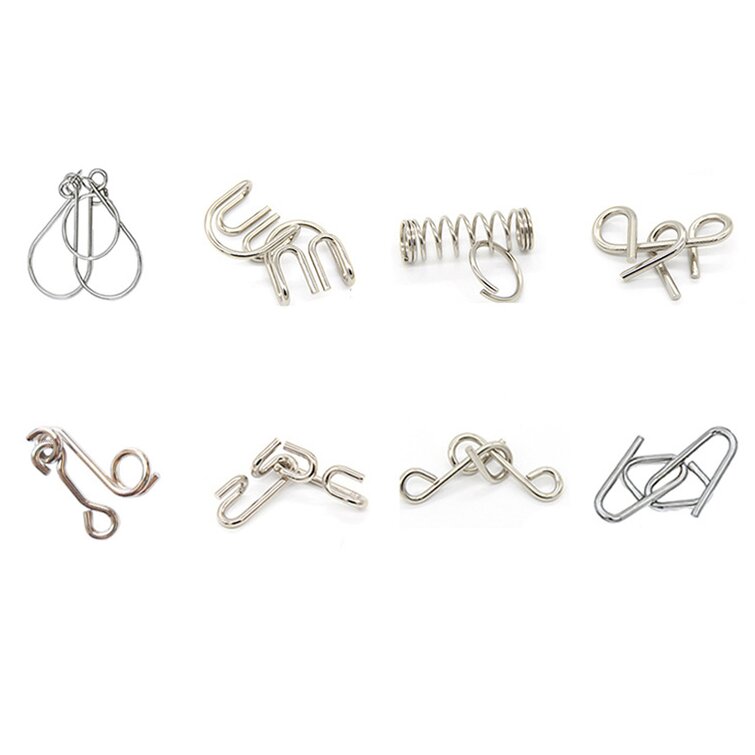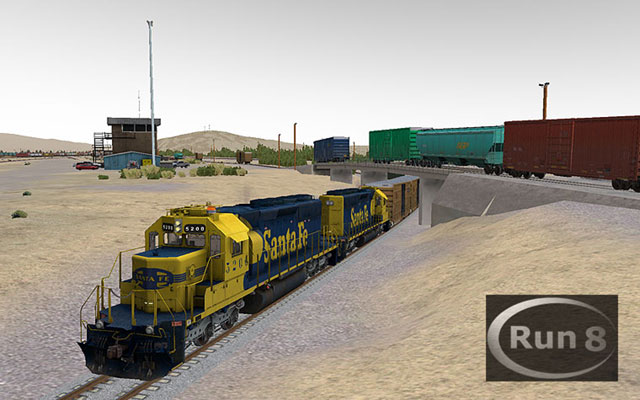

In 2012, TurtleBot2 was developed by Yujin Robot based on the research robot, iClebo Kobuki. It was developed in 2010 and has been on sale since 2011. TurtleBot1 was developed by Tully (Platform Manager at Open Robotics) and Melonee (CEO of Fetch Robotics) from Willow Garage on top of the iRobot’s Roomba-based research robot, Create, for ROS deployment. There are 3 versions of the TurtleBot model. Since then TurtleBot has become the standard platform of ROS, which is the most popular platform among developers and students. TurtleBot, which originated from the Turtle of Logo, is designed to easily teach people who are new to ROS through TurtleBot as well as to teach computer programming language using Logo.

The nine dots used in the ROS logo derived from the back shell of the turtle. It is also used to create the Turtle icon as a symbol of ROS. In addition, the turtlesim node, which first appears in the basic tutorial of ROS, is a program that mimics the command system of the Logo turtle program. Turtle is derived from the Turtle robot, which was driven by the educational computer programming language Logo in 1967. TurtleBot is a ROS standard platform robot. The Jetson Nano Developer Kit setup must be completed first. Please refer to the video below in order to set up the Jetson Nano for TurtleBot3. TurtleBot3 Hardware is compatible with Jetson Nano SBC. Projects developed by third-party developers. If you use our work in your project, we would love you to include an acknowledgement and fill out our survey. This work is licensed under the MIT License.


Our research's main contribution is the neural architecture for high resolution refinement and the new matting datasets. Our model requires capturing an additional background image and produces state-of-the-art matting results at 4K 30fps and HD 60fps on an Nvidia RTX 2080 TI GPU.ĭisclaimer: The video conversion script in this repo is not meant be real-time. Official repository for the paper Real-Time High-Resolution Background Matting. Real-Time High-Resolution Background Matting


 0 kommentar(er)
0 kommentar(er)
